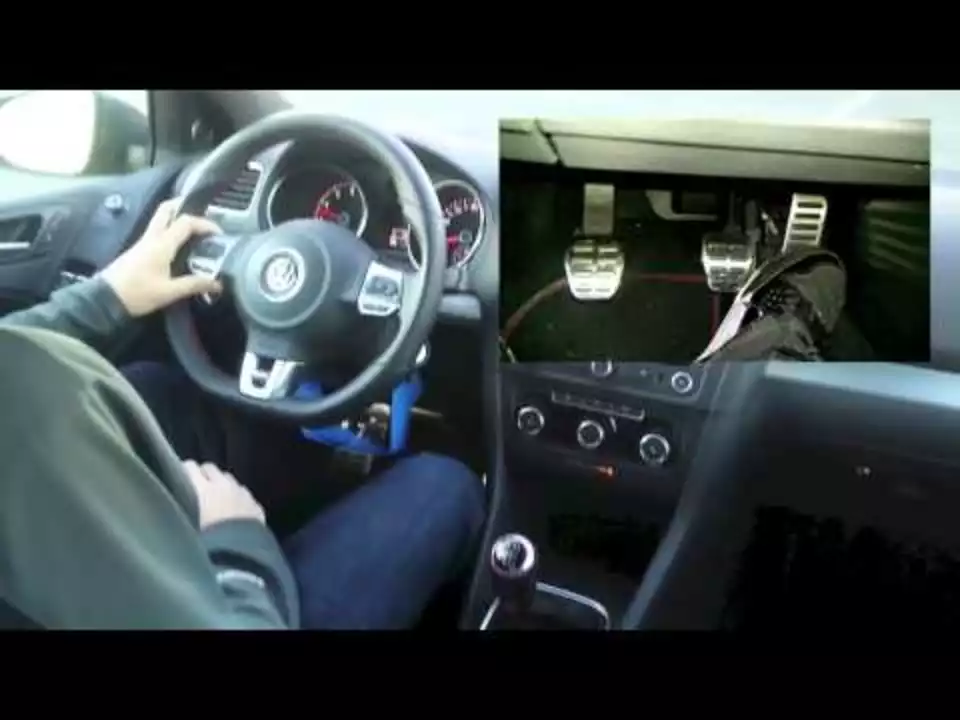As a car enthusiast, I've often wondered if manual transmission cars are better for racing. After researching, I've found that manual transmissions allow drivers to have more control over their vehicle, which can lead to better performance on the track. Additionally, manual cars tend to be lighter and more responsive, giving racers an edge in competitive scenarios. However, advancements in automatic transmission technology have closed the gap, making it more of a personal preference than a definitive advantage. Ultimately, the choice between manual and automatic transmission for racing comes down to a driver's skill and comfort level behind the wheel.
Manual Transmission: The Heart of Real‑Feel Racing
If you’ve ever watched a race car roar past the line, you probably noticed the driver’s hand dancing on the gear lever. That’s a manual transmission in action, and it’s still a big deal for many racers. Why? Because a stick‑shift puts you directly in control of power, engine speed, and corner exit. In this guide we’ll break down why manuals matter, what benefits they give, and how you can get better at shifting on the track.
Why Choose a Manual?
First off, a manual lets you decide exactly when the engine hits its sweet spot. With an automatic, the car decides for you, which can feel smooth but often sacrifices speed. In a manual, you hold the clutch, pick the gear, and release at the right moment – that timing can shave tenths of a second off each lap. Those tenths add up, especially in sprint races where every corner counts.
Second, manuals teach you to feel the car. You learn how the revs rise, how the engine sounds when you’re about to over‑rev, and you develop a instinct for the right gear in each corner. That feel translates to better throttle control, less wheel spin, and smoother braking. Many drivers say the connection they get with a manual car makes racing more exciting and rewarding.
Mastering the Shift
Getting good at shifting isn’t magic – it’s practice and a few simple habits. Start by matching the engine speed to the next gear. When you’re upshifting, lift off the throttle, press the clutch, pop in the higher gear, and then gently release the clutch while adding throttle again. Downshifting works the same way but you’ll need to blip the throttle to raise the revs before the clutch engages. That prevents the rear wheels from lock‑up and keeps the car stable.
Another tip: keep your hand on the gear lever at all times. It’s easy to let your hand drift to the steering wheel, but staying ready to shift means you won’t miss a gear change when the corner ends. Practice shifting at low speed first, then add a bit of throttle each time. When you can change gears smoothly without looking at the lever, you’ll be ready for real track conditions.
Remember to listen to the engine. A dull rumble means you’re in too high a gear; a screaming high‑pitchover means you’re down too low. Over‑revving can damage the engine, while under‑revving wastes power. The sweet spot is usually where the engine makes a clear, confident growl. That sound is your cue to shift.
Finally, don’t forget the clutch’s bite point. Finding it early helps you launch off the line faster. Practice holding the car at the bite point, then feather the throttle to launch. The smoother you are, the less wheel spin you’ll see, and the quicker you’ll get moving.
Manual transmissions are still a core part of many racing series, from club events to historic rallies. They give drivers a direct link to the car’s power, improve car feel, and add an element of skill that many fans love. Whether you’re a weekend track enthusiast or someone dreaming of a racing career, learning to shift like a pro is a solid step forward.
So next time you see a gear lever, think of it as more than just a stick – it’s a tool that lets you extract every ounce of performance from the machine. Grab a friend, find a safe practice area, and start mastering the shift. The track will thank you, and you’ll feel the thrill that only a manual transmission can deliver.
